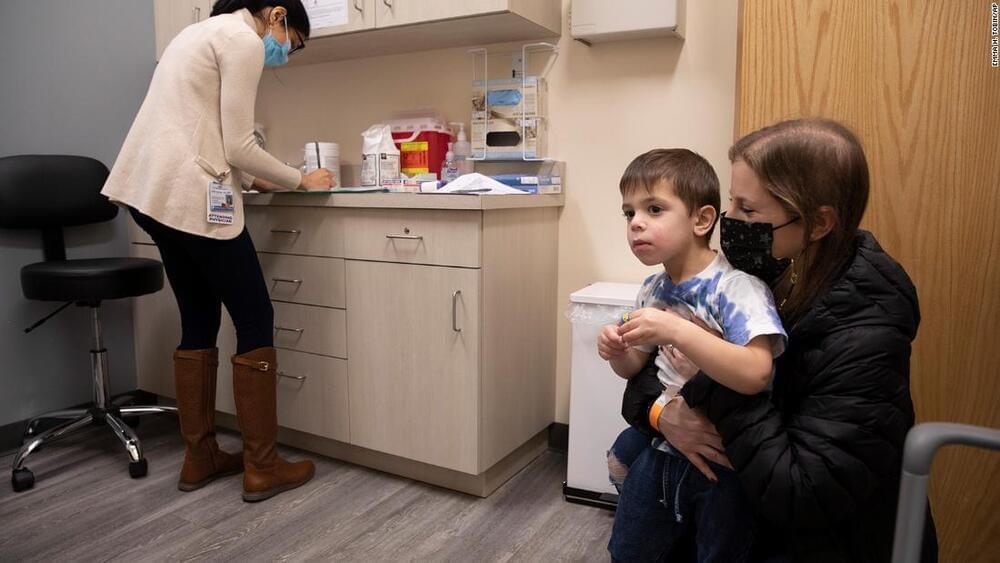Researchers working with snake venom have developed a gel that can stop bleeding. The material solidifies at body temperature to seal wounds.


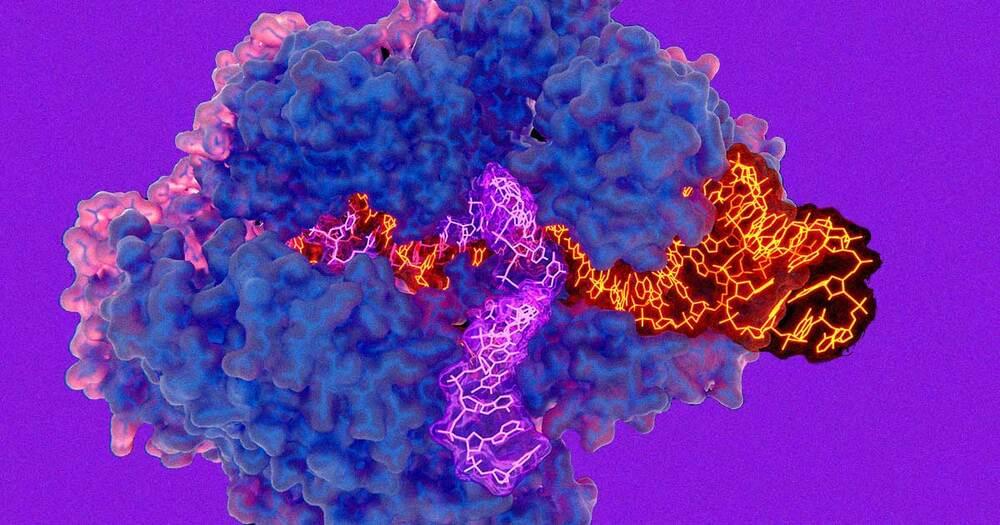
A long-running human trial has shown that CRISPR gene editing could prove to be a highly effective way of treating serious conditions.
The trial, which was kicked off in 2019 by an international team of scientists, found that a new gene-editing therapy called exagamglogene autotemcel, or ex-cel for short, was able to essentially “cure” patients with transfusion-dependent beta thalassemia (TDT) or severe sickle cell disease (SCD), two blood disorders that are conventionally treated using blood transfusions.
It’s a promising new use of the technology. Around 100,000 Americans are affected by TDT, while SCD affects an estimated 300 to 3,000. And in a broader sense, the results suggest that tinkering with genetic code could come to be a practical, widespread new area of medicine.
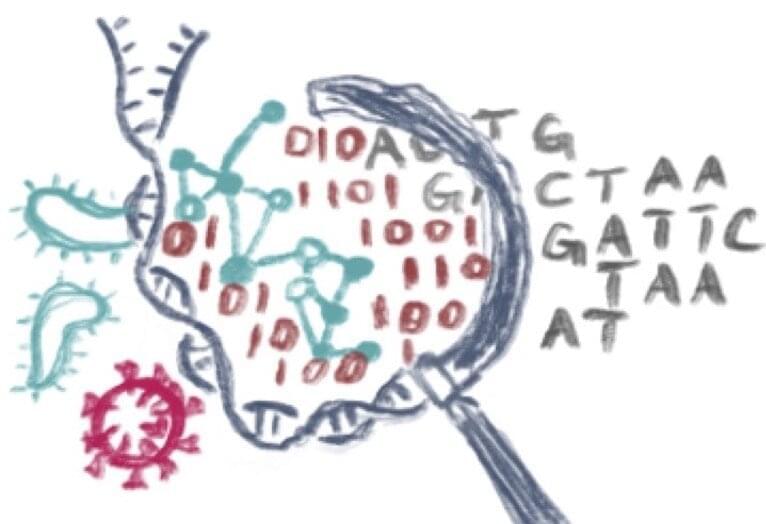
It’s a given that certain bacteria and viruses can cause illness and disease, but the real culprits are the sequences of concern that lie within the genomes of these microbes.
Calling them out is about to get easier.
Years of work by Rice University computer scientists and their colleagues have led to an improved platform for DNA screening and pathogenic sequence characterization, whether naturally occurring or synthetic, before they have the chance to impact public health.
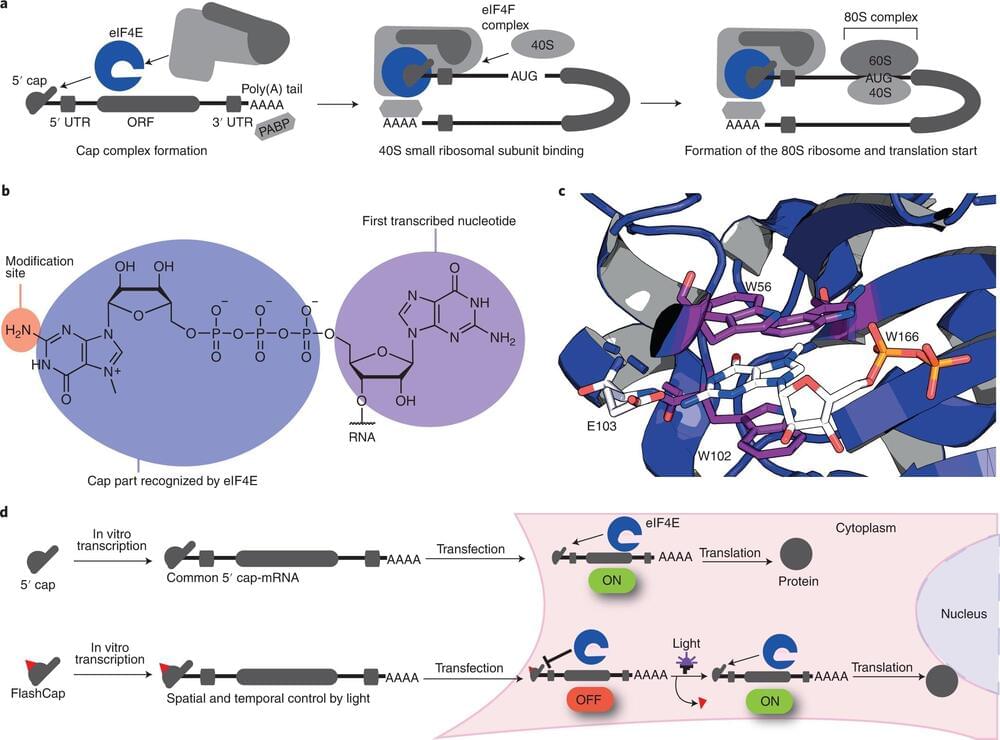
A team of researchers at the Institute of Biochemistry at Münster University discovered that by using so-called FlashCaps they were able to control the translation of mRNA by means of light. The results have been published in Nature Chemistry.
DNA (deoxyribonucleic acid) is a long chain of molecules composed of many individual components, and it forms the basis of life on Earth. The function of DNA is to store all genetic information. The translation of this genetic information into proteins—which an organism needs to function, develop and reproduce—takes place via mRNA (messenger ribonucleic acid). The DNA is transcribed to mRNA, and the mRNA in turn is translated into proteins (protein biosynthesis). In other words, the mRNA functions as an information carrier. Biochemists at the University of Münster have now developed a new biochemical tool that is able to to control the translation of RNA with the aid of light. These so-called FlashCaps enable researchers to control a variety of processes in cells both spatially and temporally and, as a result, to determine basic functions of proteins.

DNA is the basis of life on earth. The function of DNA is to store all the genetic information an organism needs to develop, function and reproduce. It is essentially a biological instruction manual found in every cell. Biochemists at the University of Münster have now developed a strategy for controlling the biological functions of DNA with the aid of light. This enables researchers to better understand and control the processes that take place in the cell—for example, epigenetics, the key chemical change and regulatory lever in DNA. The results have been published in the journal Angewandte Chemie.
The cell’s functions depend on enzymes. Enzymes are proteins that carry out chemical reactions in the cell. They help to synthesize metabolic products, make copies of the DNA molecules, convert energy for the cell’s activities, change DNA epigenetically and break down certain molecules. A team of researchers headed by Prof. Andrea Rentmeister from the Institute of Biochemistry at the University of Münster used a so-called enzymatic cascade reaction to understand and track these functions better. This sequence of successive reaction steps involving different enzymes makes it possible to transfer so-called photocaging groups—chemical groups that can be removed by means of irradiation with light—to DNA. Previously, studies had shown that only small residues (small modifications such as methyl groups) could be transferred selectively to DNA, RNA (ribonucleic acid) or proteins.
“As a result of our work, it is now possible to transfer larger residues or modifications such as the photocaging groups just mentioned,” explains Nils Klöcker, one of the lead authors of the study and a Ph.D. student at the Institute of Biochemistry. Working together with structural biologist Prof. Daniel Kümmel, who also works at the Institute of Biochemistry, it was also possible to explain the basis for the changed activity at a molecular level.
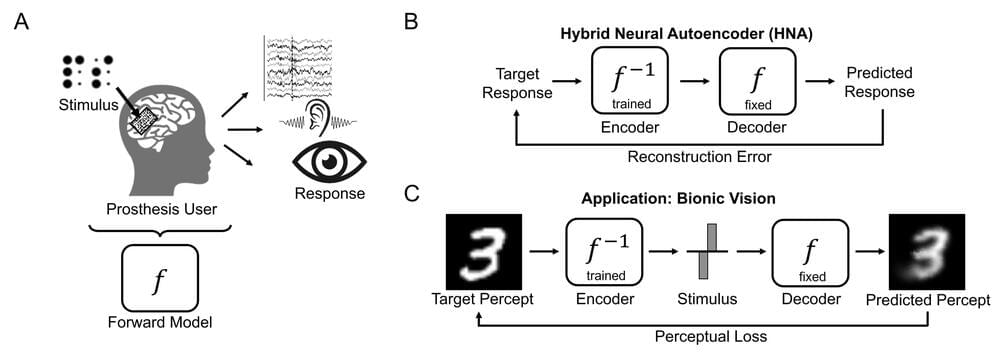
New technologies have the potential to greatly simplify the lives of humans, including those of blind individuals. One of the most promising types of tools designed to assist the blind are visual prostheses.
Visual prostheses are medical devices that can be implanted in the brain. These devices could help to restore vision in people affected by different types of blindness. Despite their huge potential, most existing visual prostheses achieved unimpressive results, as the vision they can produce is extremely rudimentary.
A team of researchers a University of California, Santa Barbara recently developed a machine learning model that could significantly enhance the performance of visual prostheses, as well as other sensory neuroprostheses (i.e., devices aimed at restoring lost sensory functions or augmenting human abilities). The model they developed, presented in a paper pre-published on arXiv, is based on the use of a neural autoencoder, a brain-inspired architecture that can discover specific patterns in data and create representations of them.
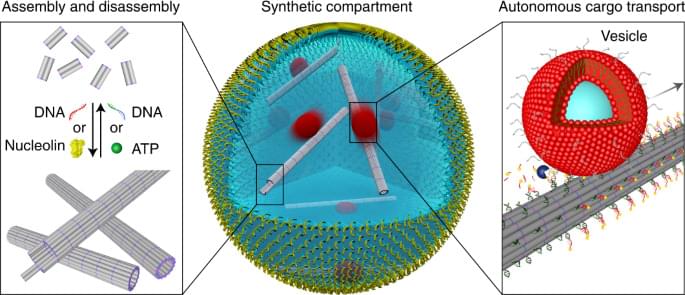
Cytoskeletons are essential components of cells that perform a variety of tasks, and artificial cytoskeletons that perform these functions are required for the bottom-up assembly of synthetic cells. Now, a multi-functional cytoskeleton mimic has been engineered from DNA, consisting of confined DNA filaments that are capable of reversible self-assembly and transport of gold nanoparticles and vesicular cargo.
Researching Non-Specific Vaccine Effects For Human Health Benefit — Prof. Dr. Christine Stabell Benn, MD, PhD, DMSc, University Of Southern Denmark
Prof. Dr. Christine Stabell Benn, MD, PhD, DMSc, (https://portal.findresearcher.sdu.dk/en/persons/cbenn), is a physician, a professor of global health at the University of Southern Denmark, and a vaccine researcher with almost thirty years of experience in the field, where the focus of her research is “non-specific vaccine effects”, defined as all those other effects, both positive and negative, that vaccines have on our immune systems and overall health, beyond their very specific ability to protect against a specific infectious disease.
Prof. Dr. Stabell Benn has her medical degree, PhD, and Doctor of Medical Science from University of Copenhagen and has been responsible for planning, executing and publishing epidemiological and immunological studies of health interventions internationally, as well as supervising a number of pre-and postgraduate/PhD students.
Prof. Dr. Stabell Benn started working as a medical student in 1993 at the Bandim Health Project (https://www.bandim.org/), a population based health research project in one of the world’s poorest countries, Guinea-Bissau, developing a health and demographic surveillance system of over 100,000 people. She spent postdoc time at the Danish National Hospital, Department for Infectious Diseases and at Stanford University.
In 2012, Dr. Benn was selected by the Danish National Research Foundation to establish and lead a Center of Excellence, the “Research Center for Vitamins and Vaccines” (CVIVA — www.cviva.dk).

The brain is the central information center and constantly monitors the state of every organ present in a body. Previous research has shown that the brain also receives signals from the gut microbiota.
In a new Immunity journal study, researchers discuss the work of Gabanyi et al. (2022), published in a recent issue of Science, which reveals that hypothalamic gamma-aminobutyric acid (GABAergic) neurons recognize microbial muropeptides through the cytosolic receptor NOD2, which regulates food intake and body temperature.
